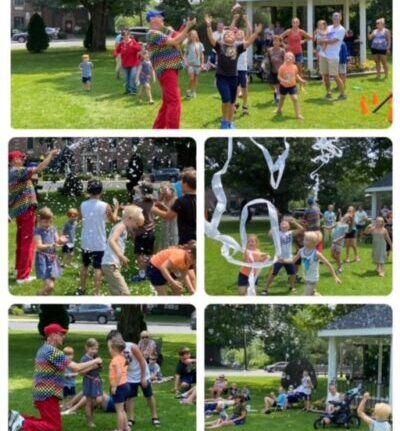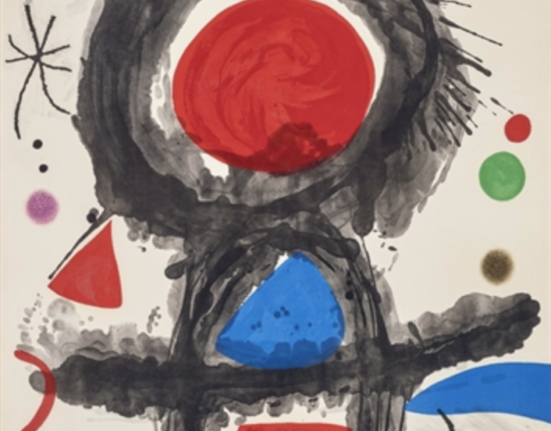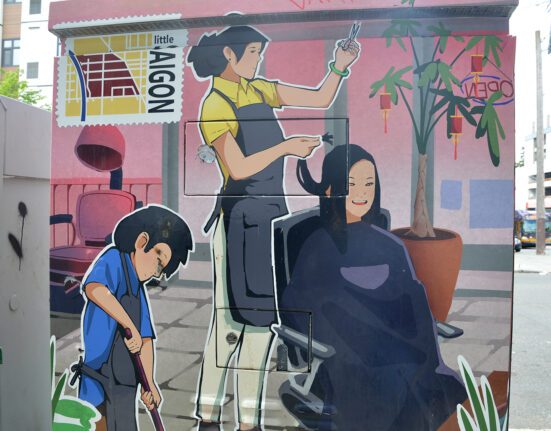Wang Bing‘s exhibition is on display at the galerie espace temps in Paris until the end of November. Here is Jean Loh presentation.
Widely known and praised for his films and documentaries rather than for his photography, Wang Bing is presenting a singular selection of his photographic work for the first time in Paris.
As we enter this place “Espace-Temps”, there is immediately a requirement to gaze in the dark, this darkness that Wang Bing loves so much, it represents denial, oblivion, institutionalized collective amnesia.
In his first series “TiexiQu” (铁西区)literally “the district west of the metal”, which marks the beginning of Wang Bing’s documentary work in video and photography while he was still a student at the Lu Xun Arts School in Shenyang in 1994. In his negatives he recorded the end of China’s planned economy leading to the dismantling of the heavy industries and massive unemployment. Wang Bing uses his camera’s black inkbrush to paint the machinery in the foundry’s workshops, sprinkling upon them white glimmers of rare daylight, clearly placing the working man in the middle of this landscape soon to be erased from collective memory. This Tiexi district of Shenyang used to be nicknamed the “Ruhr of the East,” after the German district that formed the backbone of that nation’s industrial might, a vestige of the era of the Russo-Japanese occupations, TiexiQu has now become synonymous with the massive layoffs of hundreds of thousands of workers in the late 1990s before China’s entry into the WTO.
Wang Bing’s black and white prints compel us to detect, in the dark, traces of the long-erased memory of some of the systemic tragedies in the troubled history of China, be it from the ancient dynasties or from the contemporary dynasty, certainly the most murderous one, thanks to the emergence of statistics.
By 2014 Wang Bing started to follow the footsteps of a homeless nomad from Beijing, a man walled off in his mutism. This “Man with no name” (无名者) of whom we know nothing, and who tells us nothing, was he one of these workers thrown into unemployment by economic reforms, or left behind by China’s too-fast real estate development? This solitary nomad, without a family without a home, “a complete unknown”, “like a rolling stone”, sleeps under the stars, far from the luxury hotels and the boutiques of Wangfujing Avenue in Beijing. In this poignant portrait of him in a panoramic frame, he sits in a makeshift shelter, in the middle of the bric-a-brac of his meager possessions, this Man with no name, holding his bowl of rice and two mismatched chopsticks, called out to us under his double woolen cap, with one eye wide open and one eye half-closed. Did he have something to say to us? Wang Bing gives us no comments, no clues, he simply photographed him. Perhaps we have here a real man without memory, an incarnation of total amnesia?
From 2006 to 2017 Wang Bing developed an interest in the survivors of the Lao Gai (re-education through labor camps), of which he made three films, but in 2009 and 2014 he actually returned to the death camps, to the gulags of Jiabiangou and Mingshui, infamous places in the history of the persecution of the anti-rightist campaign, this time without a video camera, but with his photo cameras. In the manner of an archaeologist, he collected on color film, exploring the tumuli and tombs without marks and without names, as if he wanted to bring to the surface, in the middle of the bones brushed out from the sand by the Gobi desert wind, the memories of these victims who died without a cause or reason, an absurdity of the anti-rightist campaign of 1957 which preceded the three terrible years of the Great Famine in China. However, these are not extracts, or film stills from his documentaries, they are actual gelatin silver photographs captured with his analog cameras: after a Yashica, a Nikon F2 then a Hasselblad 6×6, Wang Bing used a Horseman 6×12 his favorite panoramic camera, the most apt to capture the immensity of the Gobi Desert, this long stretch of waterless sand, with howling winds like the cries of Dead Souls (死灵魂 the title of his three discs DVD), in Gansu, the province infamous for the greatest number of deaths from starvation. In the series called “Traces”, Wang Bing sneaked by night into the mass grave of Jiabiangou (see his film “The Ditch”) where he uses LED lighting to reveal a surreal, spectral, and quasi lunar landscape. And it was with a shudder that we recalled Neil Armstrong’s words: “That’s one small step for man. One giant leap for mankind.” As it turned into pain when we realized that we were stepping upon the bones of those miserable victims of an absurd campaign, who died in a “vile and undignified” manner, these bones that Wang Bing took pain to exhume (in the photographic exposure sense).
His minimalist photographs demonstrate his mastery of the “long time”, as if he had left the shutter open, as required for his descend into the dark, the opposite of the “decisive moment”. Wang Bing’s “long time” is expressed through the length, the duration of his documentary films which often require a projection time that could take from three hours to nine hours or even more. He would systematically spend several months and years in preparing, investigating, researching, and finding the location. If Wang Bing practices moviemaking as a photographer, we might say that he practices photography as a cinematographer. It is like a photography of respiration, between the breathing-in and the breathing-out, he would hold his breath, it is this moment the Yogis called Kumbhaka, when he has the clearest mind, and full consciousness, despite the often unbreathable air of his filming or shooting locations, it is at this critical moment that he pressed the shutter, recording this memory, challenging us to never forget.
Here we have only three series from his already wide-ranging and monumental work; and going down into the confined space of Quincampoix’s Espace-Temps, and into its corridors and cellar, as we would go down in Paris catacombs, the journey lends itself perfectly to a visual and physical, even emotional immersive experience of the humanist genius of Wang Bing.
As a foreword to an exhibition that I previously curated for Andy Sommer (the guitarist of the Rock band Police), I used this parable from Zhuangzi (4th century BC):
Traveling towards the Kingdom of Chu, the Chinese philosopher Zhuangzi saw by the side of the road a dried but still intact skull. He tackled the skull with the end of his riding crop, and questioned him like thia: “Did the passion for life make you commit excesses, that you got to this point? Or are you here because you did wrong and you couldn’t bear to have dishonored your loved ones? Or were your days simply coming to an end? » He went silent, and took the skull to himself, made a pillow out of it and lay down to sleep. In the middle of the night, the skull appeared to him in a dream and said: “What you said earlier was just rhetoric. You spoke of the servitudes to which the living are subjected, but nothing of the sort no longer exists in death. In death, there are no more princes above, nor subjects below, nor seasonal labors. We are detached from all this, and we have for ourselves the duration of Heaven and Earth. Even the royal pleasure of reigning does not come close to this joy. » Zhuangzi said incredulously: “If, at my request, the Master of Destiny were ready to reconstitute your body, to restore your bones, flesh, muscles and skin, to restore you, your father, mother, wife, children, neighbors and friends, would you accept? » The skull turned brown and replied: “how could I renounce a royal joy to submit again to the sorrows of human existence? »
Jean Loh – curator
Paris, October 2023
Wang Bing – Biography
Born in 1967 in Xi’an.
1992-1995 Lu Xun School of Fine Arts.
1996-1998 Beijing Academy of Fine Arts.
2003: his film “À l’Ouest des rails” presented at the Berlin Film Festival and in Rotterdam and won the Robert and Frances Flaherty prize at the Marseille documentary film festival.
2004-2014: two films on the victims and survivors of the anti-rightist campaign “Fengming, Chronicle of a Chinese Woman” and “Le Fossé – the Ditch” at the Venice and Toronto Festivals, and two documentaries on the extreme poverty: “The Man with No Name” and “The Three Sisters of Yunnan” which received the 2012 Regard d’Or grand prize in Lisbon, and his film about life in a psychiatric hospital “À la Folie” is presented at the Venice Film Festival in 2013.
2013: the Center Pompidou devotes a major exhibition to him
2016: His film “Ta’Ang” world premiered at the Berlinale.
2017: After a presentation at Documenta in Kassel, the film “Mrs Fang” won the Golden Leopard in Locarno.
2018: “Beauty lives in freedom” about the persecuted activist artist Gao Ertai is presented in New York at the Asia Society, his film “Dead Souls” is presented out of competition at the Cannes Film Festival
2021: In Paris, the BAL dedicates an exhibition to him “The Walking Eye”, the Cinémathèque française presents its retrospective “Wang Bing, the Obstinate and the People. »
2023: “Jeunesse (Le Printemps)” is selected in competition at the Cannes Film Festival, “Man in black” screened in special screening in Cannes and at the Pompidou Center in October.
2023: A portrait of Wang Bing “archivist of the Chinese model” in Le Monde on May 19, 23: https://www.lemonde.fr/culture/article/2023/05/19/cannes-2023-wang-bing-precieux -archivist-of-the-chinese-model_6174002_3246.html
Wang Bing : Wang Bing : A landscaper of memory
October 14 – December 9, 2023
galerie espace temps
98 rue Quincampoix
75003 Paris
www.espacetemps.art







